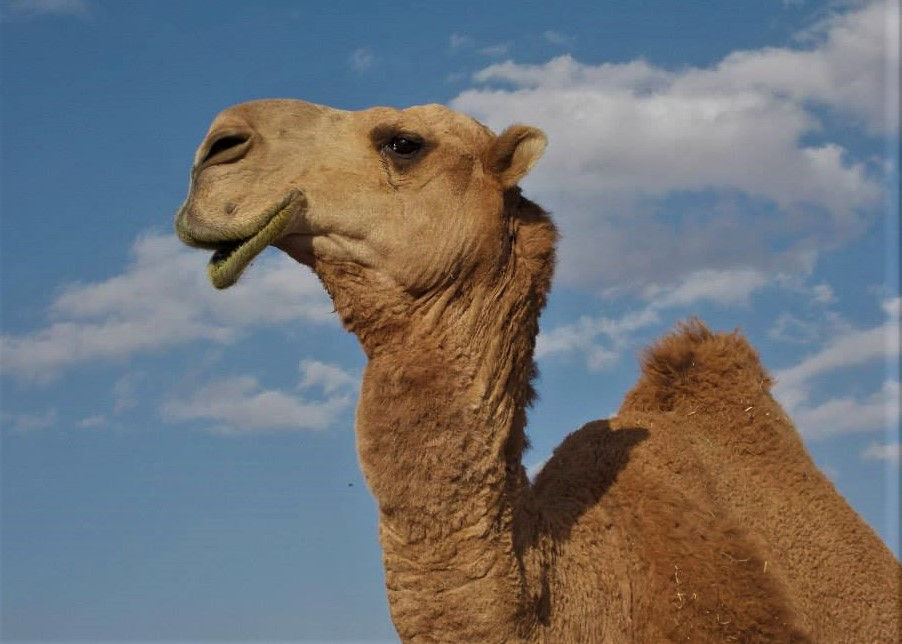Asir: traditional Asiri houses
- Matthew P G

- Apr 30, 2022
- 3 min read
Updated: Mar 17, 2023

Al Masqawi Village, Asir. December 2015

Al Masqawi Village, Asir. December 2015

Interior Painting. Aal Al Jimal Village, Asir. December 2015
In my first weeks in Abha walking with WBT we passed by the occasional traditional house in Abha. The places were generally abandoned and quite mysterious. No one seemed to care about them and the few Saudis I knew at the time just said "they are very old houses, no one wants to live that way any more". As time passed and I ventured more into the countryside, I came to realize there were still hundreds of these houses dotting the misty terrain of the escarpment edge. Not only that, they had different styles and used different construction materials. There clearly was more to discover in this, my latest life-restart venue.
Later, after I got to know AQ more, he invited me to his two ancestral villages - one from his Dad's side and one from his Mom's. Those places were now a mixture of modern homes and traditional houses, but the traditional houses had long been abandoned. Since we were in his village and on his family land we were free to explore. I was fascinated with the life of these "People of the Edge" before the days of oil wealth. The land supported agriculture and before modern vehicle transport, the whole region was a transit route - goods travelled north from Yemen, south from Turkey and Syria, and east from across the Red Sea. This was not an inhospitable place to live in the past - and the builders were not the "badoo" (Arabic for Bedouin) people who pitched tents and lived as nomads in the desert. These were the homes of an established, centuries old culture.
The stonework on the outside was amazing, using different colors of local stone. Decorations were made with large pieces of locally abundant white quartz. Roofs were flat-topped and sometimes finished to be used as decks for drying things. Rooms were small and the thick walls meant cool in the summer and warm in the winter (remember, the high mountains of the Hejaz Escarpment experienced frequent, cold weather) in spite of their tropical location. The houses were built close together even though land was abundant.
The homes had interesting, hand-painted interior decorations. In the last photo above at one of the places we visited, all the detailing had been painted by AQ's grandmother herself. It was amazing artwork. This was not Saudi Arabia for me. This was some other forgotten land stuck inside the modern Kingdom of Saudi Arabia - and in a way it was.
In my years in Abha, I came to know a non-royal Prince "Tahmi" (very nice young Saudi who loved to travel) who was from the Asir Royal Family. Yes, there had been a ruling family in Asir and they were still accorded local respect. When modern Saudi Arabia was formed, the Asir Royal Family ceded control to Riyadh and let the governor of their region be sent from the House of Saud in Riyadh. In typical Saudi fashion rather than make a war, the Asiris just agreed to be bought off and abdicate. So, Tahmi truly was a prince (just an unofficial one) and he was quite rich. He, however, did not figure into the world of the Saudi Royals - that was another level of wealth all together.
I saw several other stunning villages in my years in Abha, but the visit with AQ to his hometowns remains special because it was connected to someone I knew and cared about. He also showed it to me with great pride - a pride in things cultural I often found lacking in many of the young Saudis I taught at King Khalid University. That frustrated me and made me sad. However, I am told that the Saudi government FINALLY started to recognize the cultural treasure trove that is the Asir Region. Perhaps my fear that all those houses would be torn down or just collapse due to old age can now be put to rest. Who knows, maybe in the not so distant future the Hejaz Escarpment of Asir, Saudi Arabia will be a world tourism hotspot??



Comments